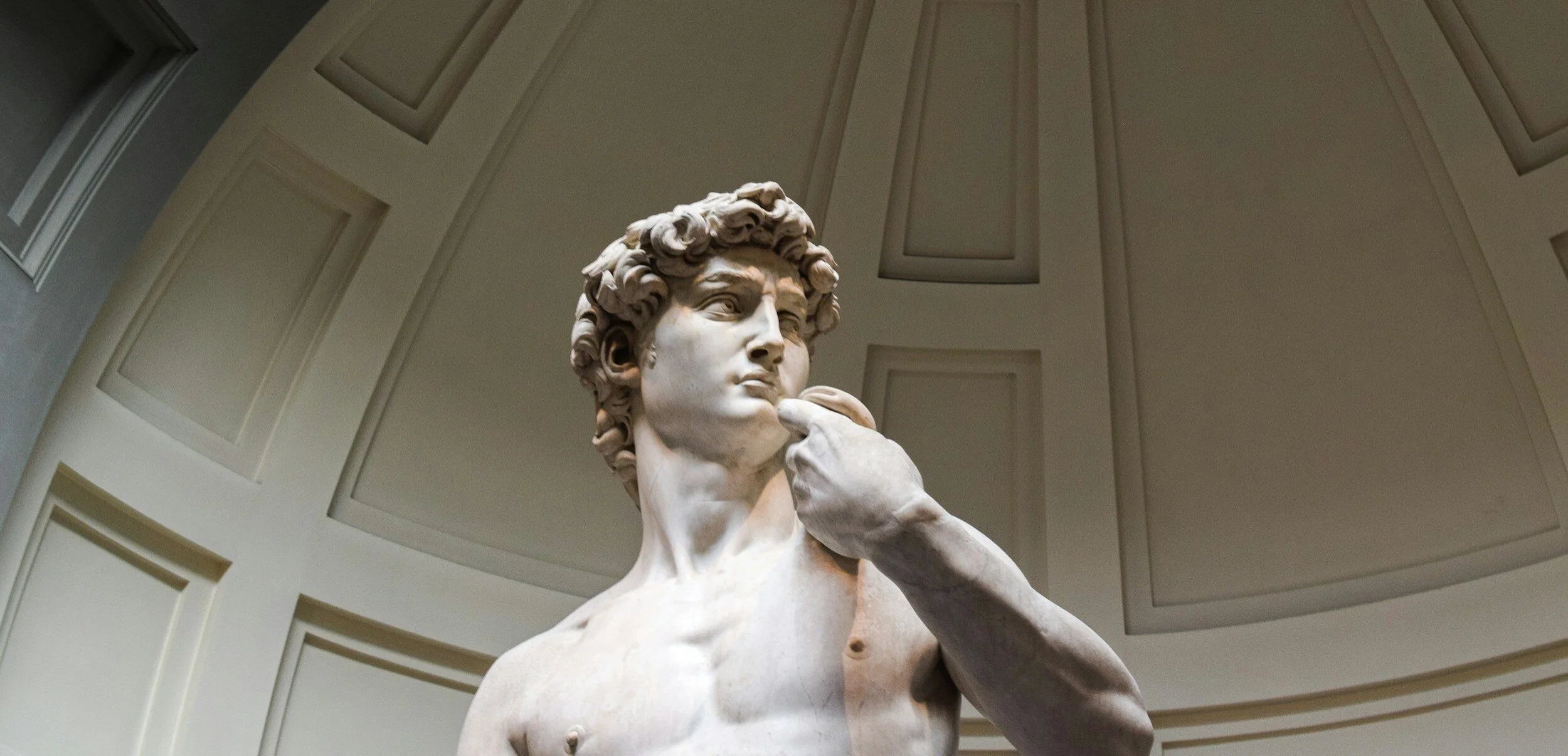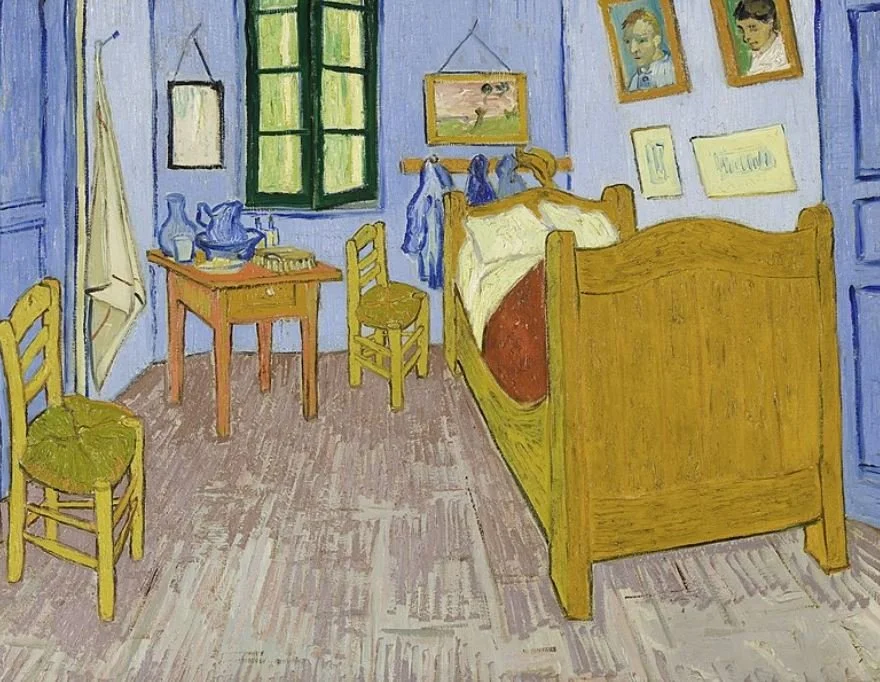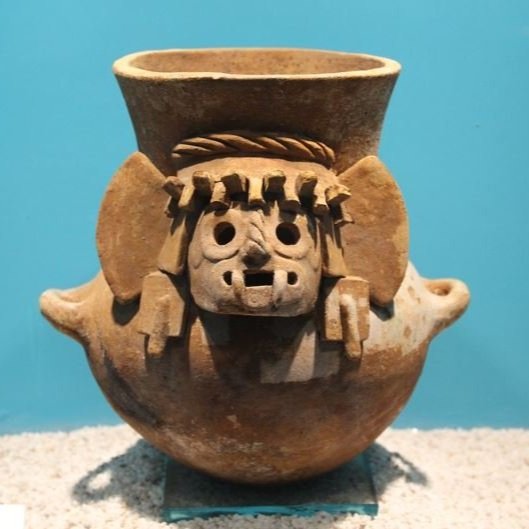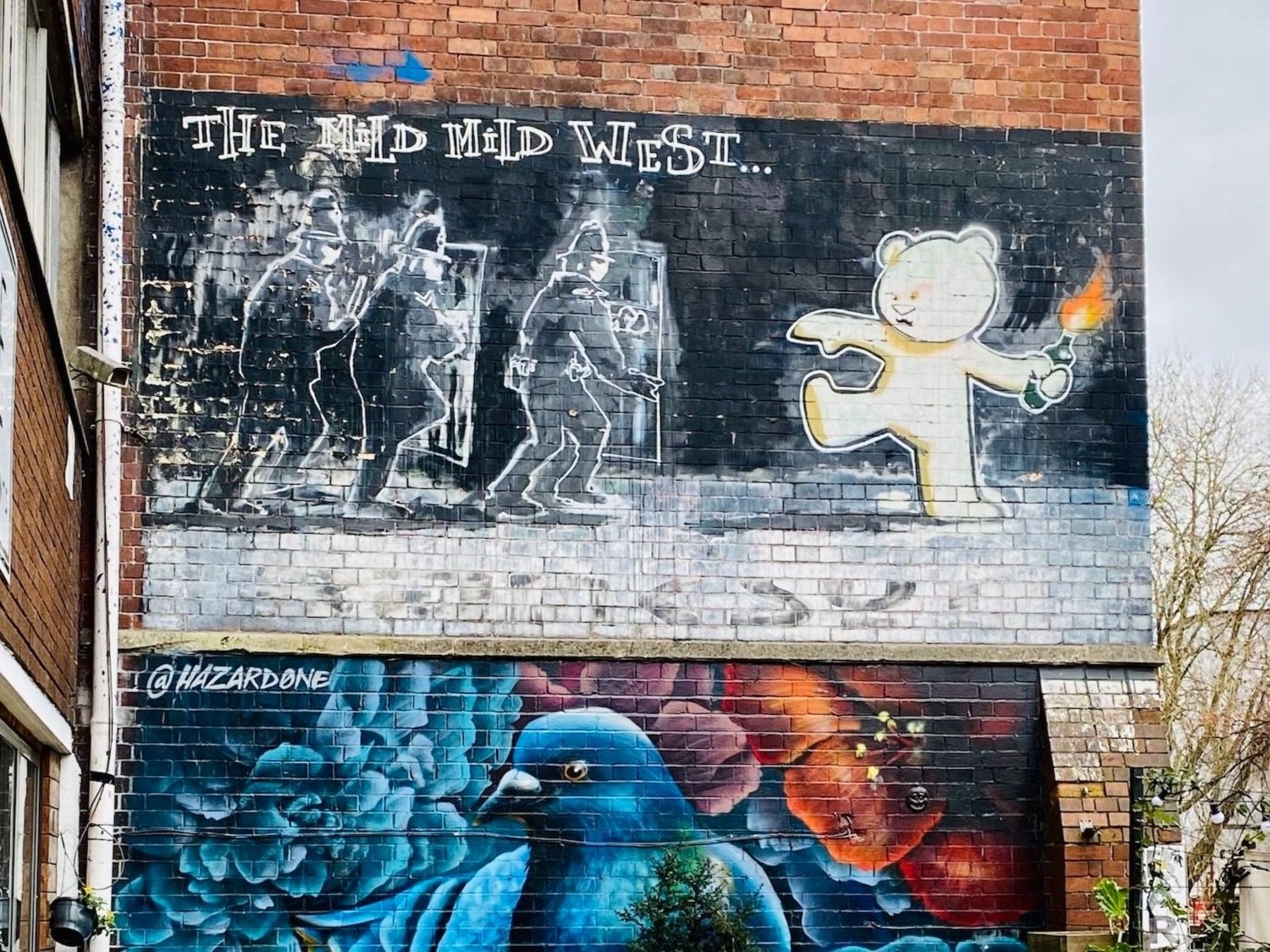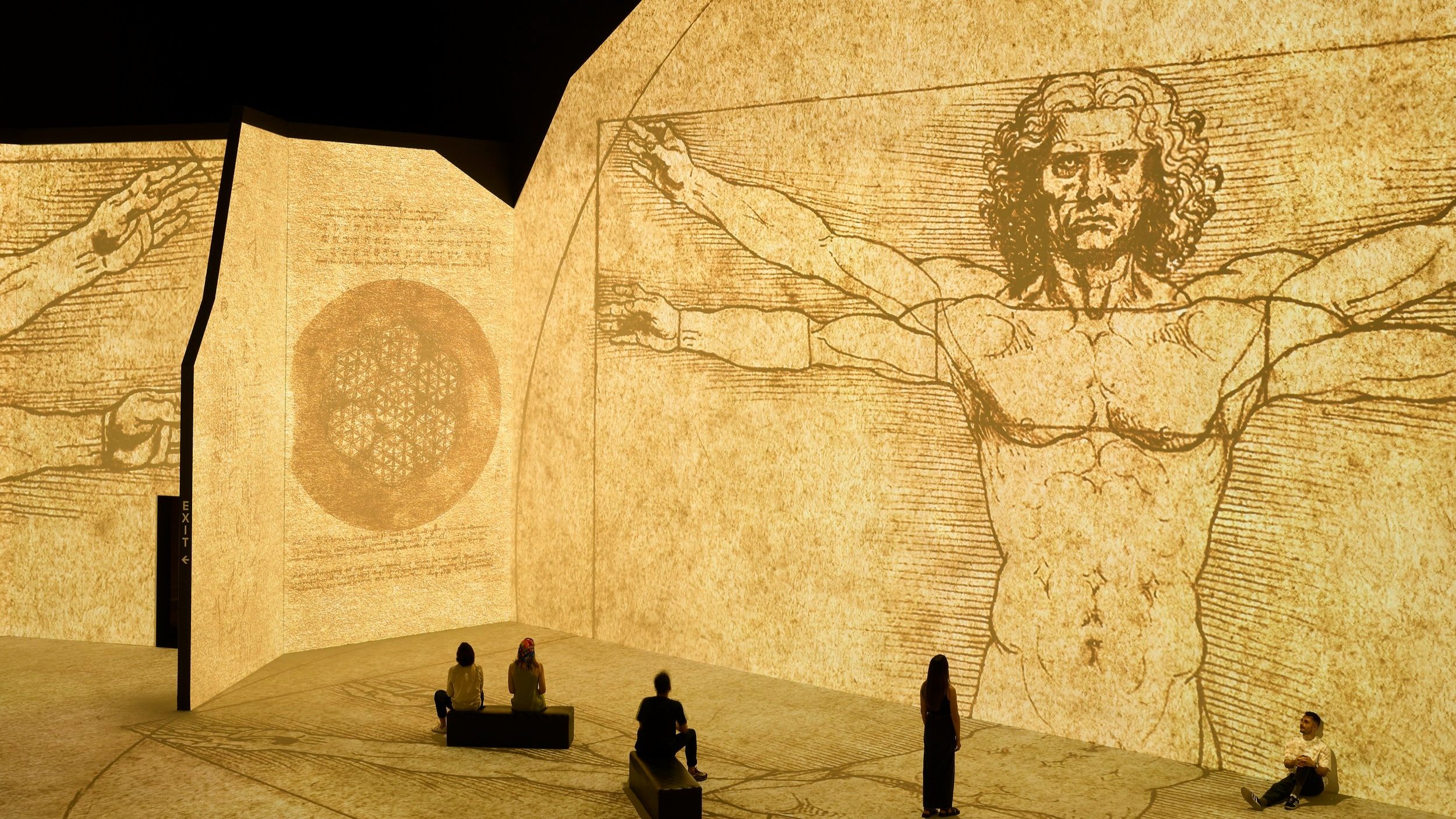What is an Art Movement?
A cubist painting - “Wilhelm Unde” by Pablo Picasso (1910)
An art movement is a style or aesthetic vision shared among a group of artists, usually within a specific historical and cultural context.
Movements are defined by innovative reactions to past traditions and influences from their time period. Major movements like Impressionism, Cubism and Surrealism transformed how we see and make art forever.
This article will explore what characterises an art movement, examining influential movements of the past and their enduring legacy on creative expression. Please read on to learn more about these essential drivers of artistic evolution and how they continue to shape contemporary movements today.
What Characterises an Art Movement?
There are a few key characteristics that define and distinguish an art movement from other creative trends:
Shared aesthetic vision/style among artists: An art movement is recognised by a common visual approach adopted by a group of artists. They share techniques, subjects, colours and formal qualities in their works.
Developed during a specific time period in history: Movements emerge at a moment in history, usually just a few decades. The era’s technology, world events and social climate impact the movement’s themes and style.
Influenced by prevailing social/political/cultural circumstances: A movement both influences and responds to the zeitgeist - the dominant thoughts and beliefs of its time. Politics, war, technology and social norms inspire new perspectives.
Often a reaction or rebellion against previous styles: Movements frequently define themselves in contrast to what came before. New movements may break conventions as a form of protest or to advance artistic dialogue.
Art Movements often originate in one location: Impressionism began in Paris, Cubism in France, Pop Art in America, etc. Pioneering artists interact and share ideas, coalescing a style. Exhibitions then expose the movement internationally.
Later movements build on techniques: Surrealism grew out of Post-Impressionism. Minimalism responded to Abstract Expressionism. Artists learn from prior eras, adapting techniques like brighter colours, expressive brushwork, abstraction, or fragmented forms. Each generation assimilates and evolves past styles.
Major artists influence direction: Figures like Claude Monet, Pablo Picasso, Jackson Pollock, or Andy Warhol profoundly shaped subsequent practitioners. Their groundbreaking works define the aesthetics and philosophies that galvanised entire movements. Other artists either followed their lead or reacted against them, ensuring the big names steer each trend’s legacy.
Artists define movements: Pioneers articulate and exemplify the rebellious styles through manifestos, interviews and their own inimitable works. This gives dispersed followers a unified identity and purpose to the burgeoning movement as it grows internationally through multiple channels.
These factors help explain why certain artists fall under the same “ism” and characterise art historical periods driven by cohesive movements.
What Were Some of the Main Art Movements in History?
Here are some of the major art movements throughout history:
Renaissance (1450-1650)
“David” by Michelangelo (1501-1504)
The Renaissance was a period between the 14th-17th centuries that saw a revival of classical antiquity in art and intellectual pursuits.
Led by masters like Michelangelo, Leonardo da Vinci and Raphael, Renaissance artists studied human anatomy and the natural world to achieve unprecedented realism in their depictions.
They mastered linear perspective and used this newfound technical skill to imbue their paintings and sculptures with enhanced volume, scale and naturalism. There was an emphasis on human dignity and achievement. Their works helped inaugurate secular themes and ideals that still influence Western culture today.
Romanticism (1790-1850)
Romanticism flourished between the late 18th to mid-19th century as an emphasis on emotion and individualism.
Artists like Francisco Goya, William Blake and Casper David Friedrich focused on the subjective experiences of people, including their imagination, dreams and the power of nature.
They frequently depicted untamed landscapes and visceral emotions to express mysterious human phenomena and suggested the psychological complexities of the soul. These works celebrated freedom of creative spirit and the darkness within human nature.
Pre-Raphaelite Brotherhood (1848-1853)
The Pre-Raphaelite Brotherhood was a mid-19th century group that rejected prevailing academic styles. Led by Dante Gabriel Rossetti, John Everett Millais and William Holman Hunt, they aimed to revive the detailed, luminous style of pre-Renaissance Italian and Flemish art.
Their naturalism focused on intricate representations of contemporary subjects and sensuous depictions of nature. These works highlighted closely observed realism and symbolic intricacies within a nostalgic medieval setting.
Realism (1848-1900)
Realism emerged in the mid-19th century as a reaction against Romanticism’s idealism.
Gustave Courbet, Honoré Daumier and Thomas Eakins shunned fantasy, instead portraying everyday common people and scenes realistically.
They presented the hardships of peasants and the working class to expose social truths with naturalistic techniques. Through their unembellished paintings and prints addressing contemporary political and social themes, Realists aimed to raise social and political awareness.
Impressionism (1860-1886)
Impressionism flourished in late 19th century France, with painters like Claude Monet, Pierre-Auguste Renoir, and Edgar Degas rejecting meticulous academic methods.
They experimented with “en plein air” (in open air) techniques, applying visible brushwork and bright colours to capture the fleeting effects of light and momentary visual impressions. Impressionists’ sun-drenched landscapes and scenes of modern leisure revolutionised how colour and atmosphere were used to translate the transitory nature of vision and outdoor experience onto canvas.
Post-Impressionism (1886-1905)
“The Bedroom” by Vincent van Gogh (1888)
Emerging in the 1880s, Post-Impressionists such as Paul Gauguin, Vincent van Gogh, and Paul Cézanne rebelled against Impressionism’s limitations.
They emphasised personal expression and symbolic content over visual perception, using unrestrained brushwork and heightened colour. Gauguin explored primitivism while Van Gogh’s emotive brushstrokes conveyed his personal turmoil.
Cézanne’s geometric forms laid the foundation for Cubism by reconstructing 3D planes into 2D patterns of colour.
Cubism (1907-1920)
Cubism grew from 1907 to 1920 under Pablo Picasso and Georges Braque, as they deconstructed traditional perspective, remaking forms from multiple views on canvas.
No longer imitating visual reality, they used abstraction, monochrome colour and geometric faceting to convey subjects from several perspectives simultaneously. Challenging notions of a single reality, Cubism opened artistic language to new representational conventions and revolutionised modern art.
Surrealism (1924-1950s)
Emerging in the 1920s, Surrealism was pioneered by artists such as Salvador Dalí, René Magritte and Max Ernst who drew inspiration from psychology and the psyche.
They infused dreamlike, illogical imagery with symbolic metaphors to express unconscious thoughts and the realm of imagination beyond reality. Using techniques like automatic drawing, found objects and photographic distortions, Surrealists sought to unleash creativity by channeling psychic forces and the surprising juxtapositions of dreams into strikingly uncanny works.
Abstract Expressionism (1940s-1950s)
Jackson Pollock Painting
Spearheaded by Jackson Pollock and Willem de Kooning in 1940s New York, Abstract Expressionism shifted the focus from objective representation to introspective gestures and forms.
Artists experimented with action painting, splattering and drips to channel unconscious thought through non-objective abstraction. Their monumental canvases expressed an American spirit through individualised styles that came to represent the postwar avant-garde and free individualism in the visual arts.
Pop Art (1955-1965)
Emerging in the 1950s, Pop Art employed imagery from popular culture in fine art.
Artists like Andy Warhol and Roy Lichtenstein appropriated elements of consumerism, advertisements and mass media to comment on postwar society’s growing familiarity with manufactured products and images.
By reproducing icons of commercial art and contextualising them as serious fine art, Pop Art broadened subject matter and challenged perceptions of high versus low art.
Minimalism (1960s-ongoing)
Minimalism sought to remove subjective expressionism from art, emphasising geometric forms and industrial materials.
Pioneered in 1960s America by artists such as Donald Judd, Robert Morris, and Dan Flavin, Minimalism featured repetitive structures and limitations of specific materials like fabricated metal to focus on basic elements like reductive lines and planes over emotive content.
It created a shift toward objecthood, conceptual ideas and viewer participation or interpretation over personal symbolism.
Conceptual Art (1960s-1970s)
Emerging in the 1960s, Conceptual art focused on concepts rather than physical objects. Pioneered by artists such as Sol LeWitt, Joseph Kosuth, and Lawrence Weiner, it emphasised ideas and the thinking process over technical proficiency or aesthetically pleasing appearances.
Conceptual artists created diagrams, maps, texts or other representations of ideas and concepts to challenge assumptions around the nature of art and expand what could constitute an artwork. The notion of art as a vehicle for ideas took precedence over skill or beauty.
Contemporary / Postmodern Art (1960s onwards)
Beginning in the mid-late 20th century, Contemporary / Postmodern Art expanded what could be considered art and rejected universally applicable theories and styles.
It incorporated new media, technology and self-reflection on artistic practices and history to comment on social and political issues.
With an eclectic mix of styles flourishing, Contemporary / Postmodern artists challenged perceived barriers and expanded concepts of identity, culture, history and globalisation through diverse, thought-provoking works.
I hope you have found this article insightful. Please feel free to email me and let me know your thoughts at sarahransomeart@gmail.com.

